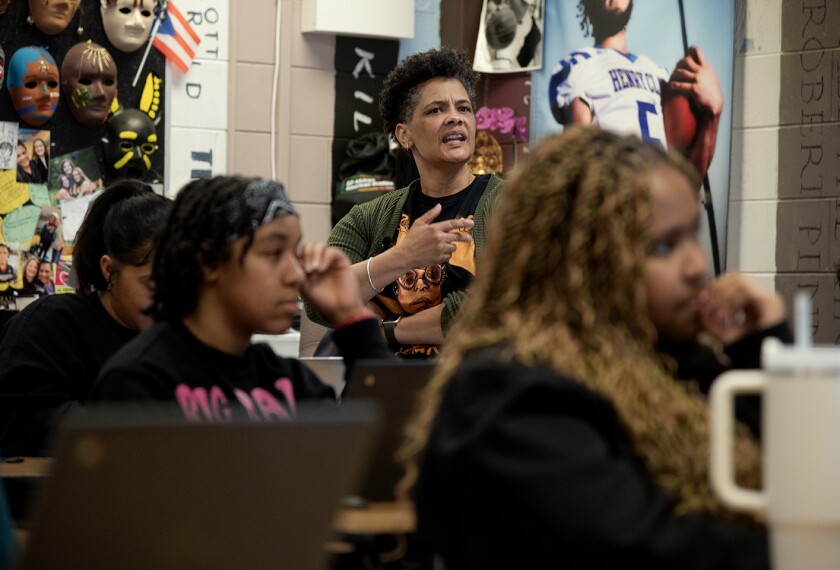The Indiana Association of Public School Superintendents has gone to great lengths to prove what may be obvious to many: Students who take more academic courses, especially those who complete an honors curriculum, score higher on the SAT.
“Part of the problem is that people don’t necessarily believe it even though it is obvious,” said Barry L. Bull, the director of the Indiana Education Policy Center at Indiana University in Bloomington. He conducted the study at the request of the superintendents’ group.
“Working Smarter: A Study of SAT Scores and Course Taking in Indiana,” found that students earning honors diplomas scored an average of 1,179 on the combined verbal and mathematics portions of the SAT I: Reasoning Test this year, or 244 points better than regular-diploma earners.
The higher levels of success were not significantly related to a student’s socioeconomic status or previous education.
The superintendents’ group hopes the results will raise awareness among parents, teachers, and guidance counselors of the best preparation for the widely used college-entrance exam.
Indiana ranks near the bottom nationally on SAT scores. Officials say the poor showing is due in part to the fact that a greater proportion of the state’s students take the test than students do nationally.
The state has mandated that high schools offer honors programs--which require students to complete more credits in core areas--since 1988. Last year, 13 percent of Indiana’s 60,000 high school graduates earned an honors diploma.
To “support more positive understandings and behaviors” in an age of increasing violence and substance abuse among young people, the Michigan state school board has approved a new policy on character education for the state’s 555 districts.
Approximately half of the states have passed similar policies; some have received federal aid to do so.
The board, in a 6-1 vote last month, endorsed the plan to promote the teaching of respect, responsibility, caring, trustworthiness, justice, civic virtue, and citizenship.
Kathleen Straus, the lone dissenter, said she opposed the policy for fear “it could be used to inject religion into the curriculum.”
The voluntary measure says that character education should be taught to the state’s 1.6 million schoolchildren in a more secular manner to ensure the separation of church and state.




